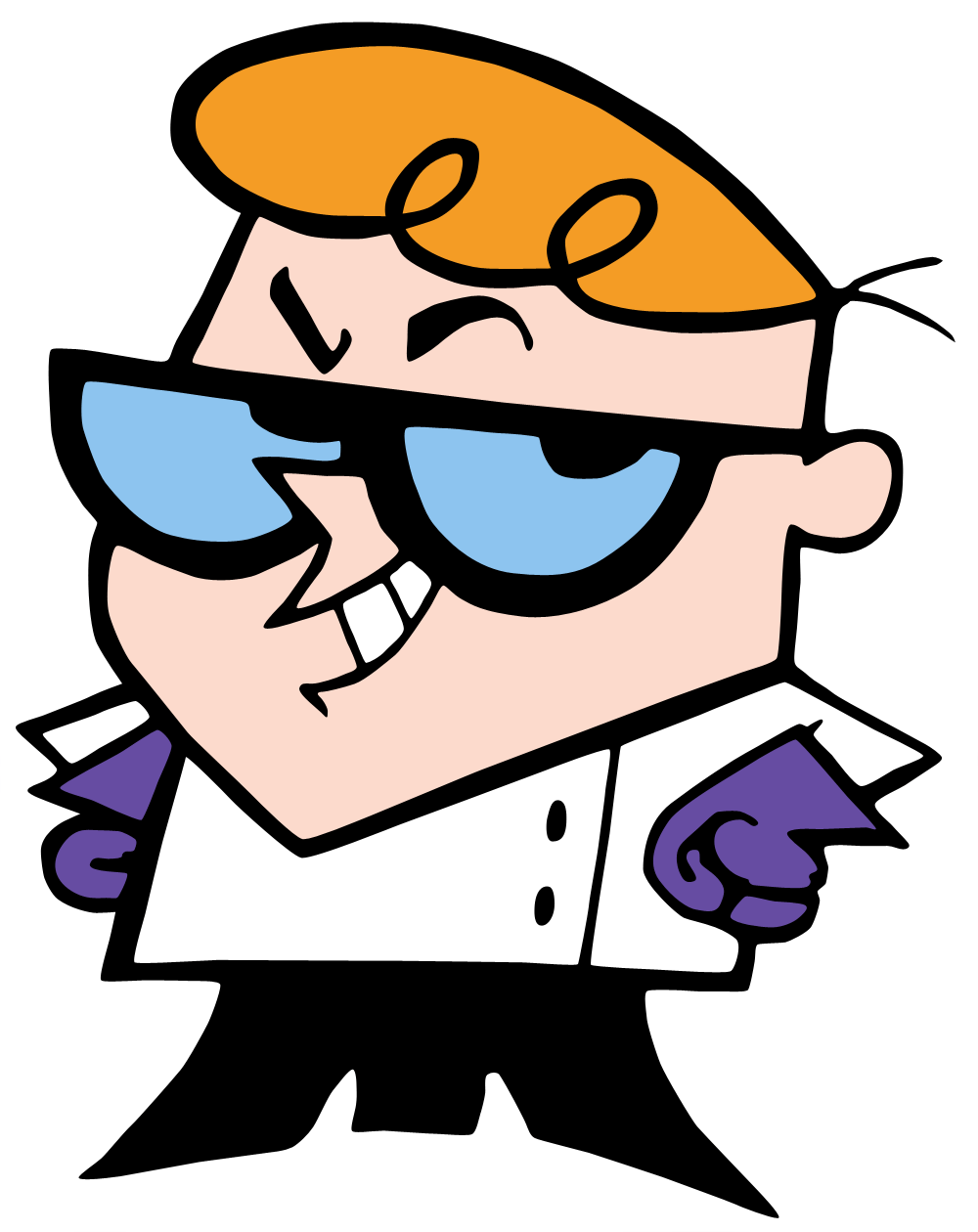top of page
TheDexterians
Blood is our Gold

Production and distribution
Production:
Blood is produced in the bone marrow, the bone marrow is a layer of bone contained within all bones. The bone marrow is composed of, fat, blood, special cells that turn into the various kinds of blood cells, and a lot of other components. Bone marrow that actively produces blood is known as red marrow, while bone marrow not actively producing blood is yellow marrow.
The special cells located within the bone marrow are known as pluripotential hematopoietic stem cells, which can change into any type of blood cell. The blood cells are produced at about a rate of 2-3 million cells per second. Once the stem cells have changed into blood cells they seep into the bloodstream through the blood vessels located in the bone. The kidneys are responsible for telling the stem cells to produce more blood cells. If the cells in the body aren’t receiving enough blood, then it may be because there isn’t enough red blood cells in the bloodstream. The kidneys release the hormone erythropoietin, which gives a stimuli to the stem cells saying to produce more red blood cells. A type of white blood cell that is constantly being made is neutrophil, which only lives less than a day, so the bone marrow is constantly producing this blood cell type.
Platelets, are also produced in the bone marrow, they are produced by the large bone marrow cells megakaryocytes. Once these cells become giant they go through a process known as fragmentation. The hormone responsible for beginning the production of platelets is thrombopoietin.
Distribution:
Blood is distributed through the arteries, arterioles, capillaries, and veins. The force that pushes the blood is from the contractions in the heart. As the blood travels through the arteries, arterioles, and capillaries, blood seeps through the blood vessel’s walls. It re-enters the bloodstream in either the capillary or vein where it is then, through both the contractions of the heart and valves located in veins, brought back to the heart. The body has so many blood vessels that blood reaches every part of the body and reaches every living cell in the body. Blood is constantly distributed; from birth to death blood is constantly circulating. How fast blood is circulated can fluctuate based on many factors, such as, weight and physical activity. For example a person’s heart rate increases when they go from sitting down to running, in order to get the cells in the body more nutrients.
Activity
References:
American Society of Hematology (n.d.). Basics. Retrieved from http://www.hematology.org/Patients/Basics/
Leukemia: Improving efficiency of bone marrow transplants | Foundation for Biomedical Research. (n.d.).Foundation for Biomedical Research. Retrieved, from http://fbresearch.org/leukemia-improving-efficiency-of-bone-marrow-transplants/
Platelets. (n.d.). . Retrieved , from http://www.ouhsc.edu/platelets/platelets/platelets%20intro.html
The Human Circulatory System: How It Works. (n.d.). The Human Circulatory System II. Retrieved , from http://users.rcn.com/jkimball.ma.ultranet/BiologyPages/C/Circulation2.html.
(n.d.). PBS. Retrieved , from http://www.pbs.org/wnet/redgold/basics/bloodproduction.html

To the top
bottom of page